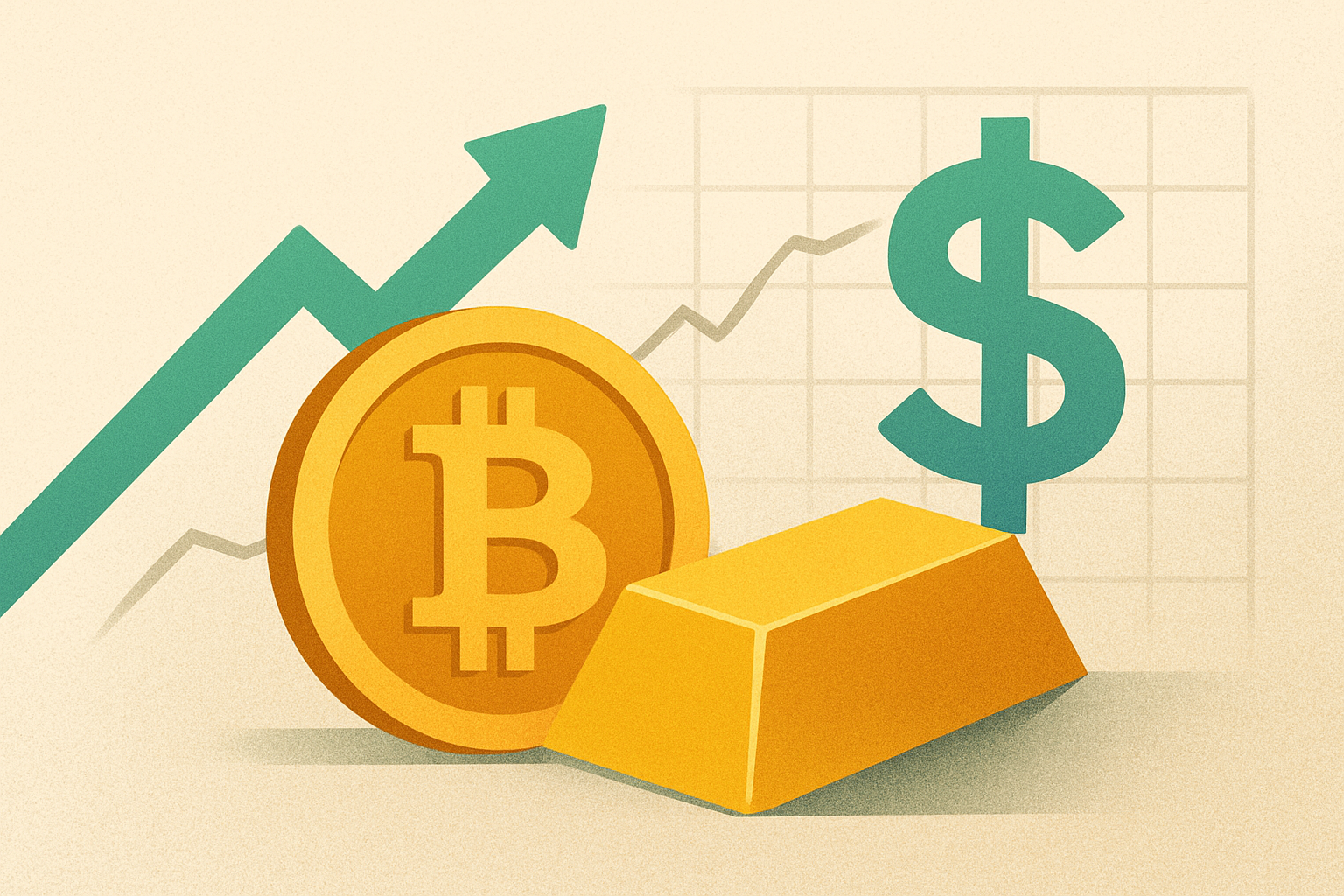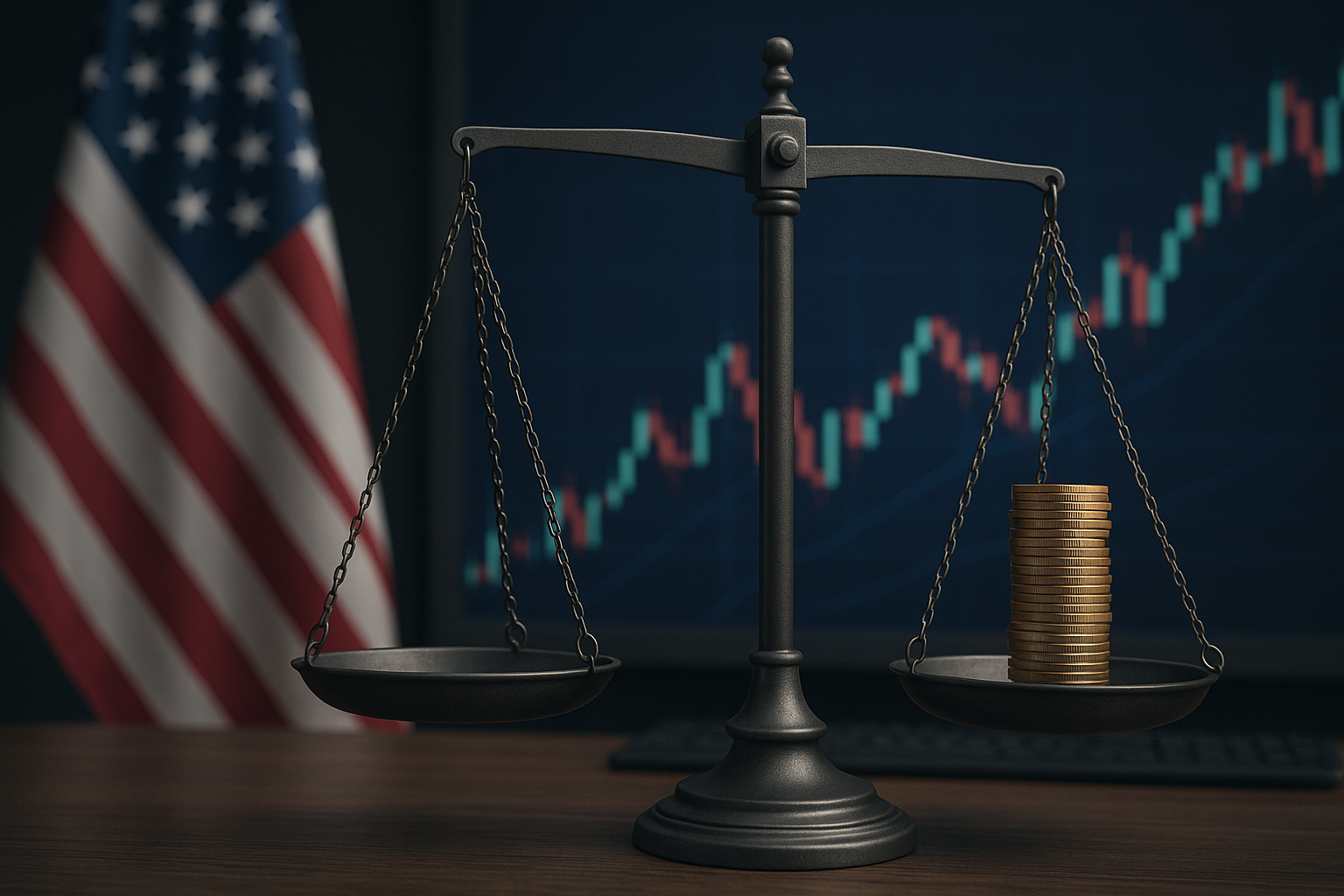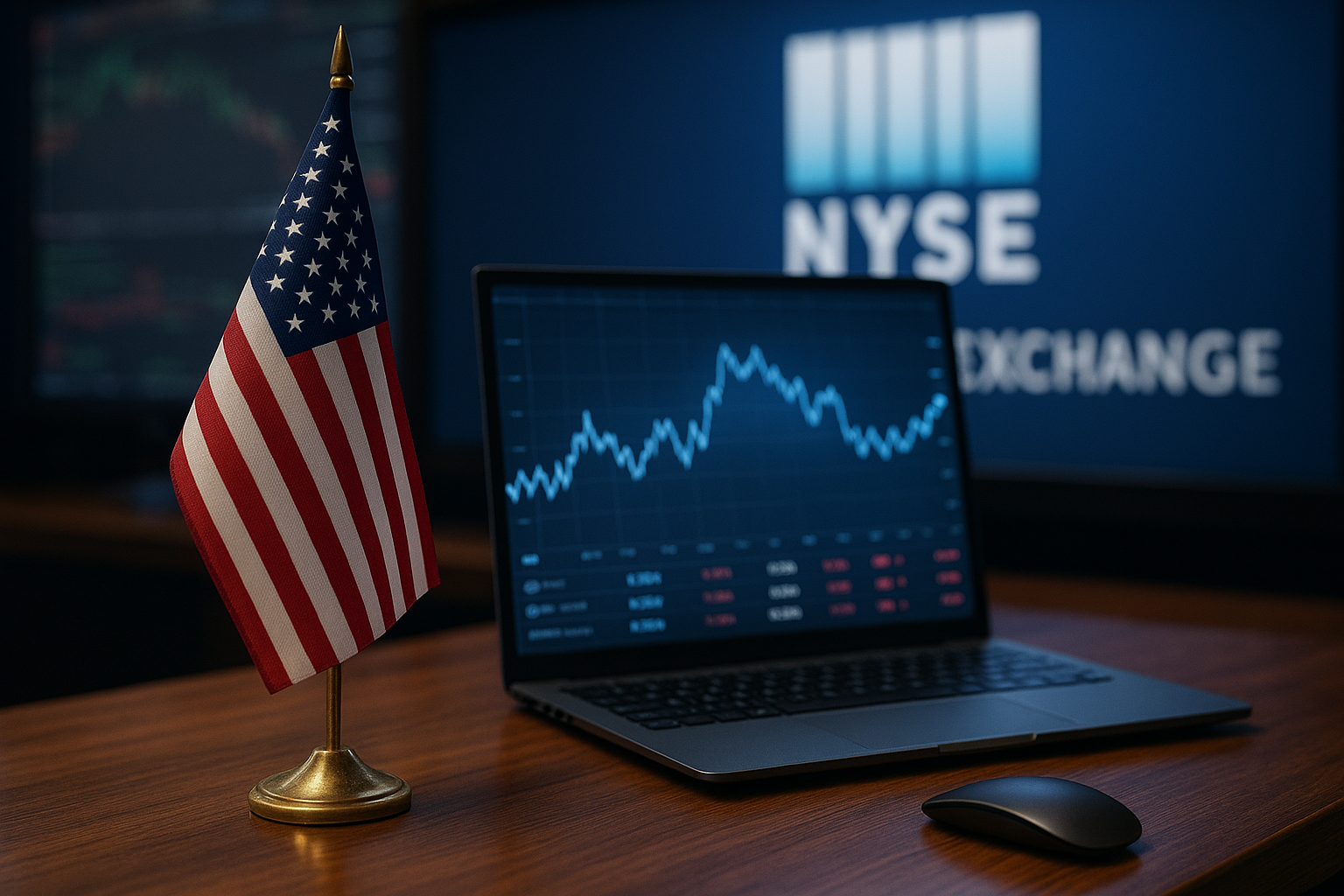Concerns over the U.S. dollar’s trajectory are reverberating across global markets, pushing investors toward alternative stores of value. On September 3, 2025, Bitcoin surged past $124,000, while gold approached record highs above $3,500 an ounce, reflecting a dramatic rotation into assets traditionally viewed as hedges against inflation and currency debasement.
The trend gained momentum after billionaire investor Ray Dalio reiterated his view that both Bitcoin and gold should form part of a modern portfolio, citing the dollar’s structural vulnerabilities. His remarks, echoed across financial media and social platforms, appear to have crystallized a movement already underway.
Why This Matters for Investors
The U.S. dollar, still the world’s primary reserve currency, has faced mounting pressure as fiscal deficits widen and foreign buyers show signs of waning appetite for Treasury debt. According to data from the U.S. Treasury Department, foreign holdings of U.S. government debt fell by nearly 4% year-over-year in 2024, marking the steepest decline in a decade.
A weaker dollar boosts the relative appeal of scarce assets like Bitcoin and gold, which are not tied to government liabilities. As Bloomberg noted this week, “Dollar weakness has intensified capital flows into alternative stores of value, where liquidity and narrative strength converge.”
For investors, this dynamic presents both an opportunity and a challenge: while alternative assets can provide powerful upside in times of currency stress, they also bring volatility and unique risks.
Bitcoin’s Growing Role in Portfolios
Bitcoin’s resilience in 2025 has reignited debates about its role in global finance. Once dismissed as a speculative instrument, the asset has increasingly found legitimacy in institutional portfolios. BlackRock’s spot Bitcoin ETF has seen inflows exceeding $25 billion year-to-date, making it one of the fastest-growing funds in the U.S.
Meanwhile, blockchain infrastructure spending continues to accelerate. According to a McKinsey report, global investment in digital asset infrastructure is projected to surpass $80 billion annually by 2027, a sign that institutional adoption is maturing.
Still, volatility remains high. Bitcoin’s 30-day annualized volatility currently sits at 46%, compared to gold’s 14%, underscoring why investors often pair Bitcoin with gold in hedging strategies.
Gold’s Steady Appeal
Gold, meanwhile, remains the classic hedge against currency weakness. Central banks have been key buyers, with the World Gold Council reporting record net purchases of 1,150 tons in 2024, driven largely by China, India, and emerging markets seeking to diversify away from dollar-denominated reserves.
In times of fiscal and geopolitical instability, gold tends to outperform. Its long history as a store of value makes it attractive to both conservative investors and sovereign entities. Unlike Bitcoin, gold’s relative stability provides a counterweight in portfolios seeking inflation protection.
Future Trends to Watch
- Dollar Direction: With U.S. deficits widening and interest rates potentially peaking, further weakness in the dollar could fuel more capital rotation into alternatives.
- Institutional Crypto Adoption: If pension funds and sovereign wealth funds deepen exposure, Bitcoin’s volatility could moderate while valuations climb.
- Central Bank Gold Demand: Continued reserve diversification may sustain upward pressure on gold prices, particularly if geopolitical tensions escalate.
- Regulatory Landscape: U.S. and EU regulatory frameworks for crypto remain fluid. Clearer guidelines could accelerate institutional adoption—or dampen sentiment if restrictive.
Key Investment Insight
The dollar’s slide has created a powerful narrative favoring Bitcoin and gold as complementary hedges. For investors, a modest allocation—such as 2–5% of a diversified portfolio—can enhance resilience against currency-driven shocks. However, given Bitcoin’s volatility, allocations should be carefully sized, and risk controls must remain front of mind.
Investors seeking balance may consider pairing gold’s stability with Bitcoin’s high-growth potential, creating a hedge that reflects both historical precedent and modern innovation.
As currency markets face structural uncertainty, investors are recalibrating strategies in real time. The surge into Bitcoin and gold underscores a larger trend: the search for assets that transcend traditional financial systems.
Stay with MoneyNews.Today for daily insights on how macro shifts, market trends, and investor behavior are shaping the future of finance.





